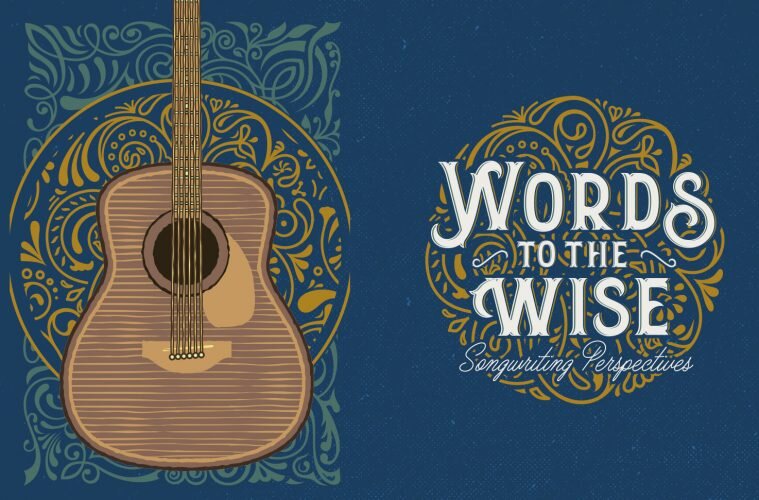Words to the Wise: Songwriting Perspectives
Interested in songwriting or pursuing music? There’s a lot that goes into it.
What makes songwriters distinctive from one another is their individuality; their personal experiences, their perception of the world around them, their loves, their heartbreaks, their joy, and their sufferings. It’s the songwriter’s individual experiential background that powers the songs they write.
Many people ask what it takes to write well and with a strong voice or emotion, so I’ve put together my list of top tips for excelling in songwriting:
1. Ask “why do I want to write this song?” Do I want to share a personal experience? Connect with others? Do I want to comment about some external situation? Do I simply want to have fun? Do I want to make people laugh? Relax? Feel something? Hide something? Am I writing for another artist? Connect with yourself. Feel whatever’s there. In my 30 + years of writing both songs with words and instrumentals, I find that when I write from a “connected” place, it feels more authentic (I happen to like authenticity, but it’s not a requirement for songwriting). Also, it can sometimes help to quiet the internal “editor” who loves to tell me why what I’m doing is wrong, sucks or is generally non-inspired. If I know for instance, that I’m writing a song for a country artist, I may chose to use certain chord progressions, melodic aspects and song forms. If on the other hand, I am writing for my own enjoyment and self expression, I may follow an inspiring progression, melody or lyric and just go where it takes me…giving myself permission to be more “free flowing.”
2. GROOVE! Does your song have a good groove? Groove refers to “feel.” Can you move to it? Then it has groove. If you need help with this, try listening to some of your favorite songs…songs that make you move. See if you can identify what makes that song groove. What’s the rhythm section doing? Guitars? Keys? You’ll find a lot of information about groove coming from the bass, drums and rhythm guitarist in most bands. Or, if you’re listening to John Mayer or Ed Sheeran playing solo, check out their strumming or finger picking patterns. Can you do something similar?
3. Synthesis of song form, lyrics, phrasing and melody. (Or just song form, melody and phrasing if it’s an instrumental). There’s a lot to this, and feel free to have a private lesson with me to go deeper into each of these songwriting “essentials”! People love repetition. But if you repeat something too many times, we get bored, zoned out, sleepy…so make your melody interesting, use some repetition, but throw in some surprises too. Make sure your lyrics sit well on top of your groove. Learn about metaphor and simile in your lyric writing. Decide what structure or form works best for your song. Some songs don’t have a chorus, some rely heavily on the strength and “hooky-ness” of the chorus. Phrasing refers to the way you shape your lyrics, melody or notes to express a particular feeling, mood or idea. We do this by altering the tone, inflection, rhythm, volume, tempo or other aspects. Play around with this and record yourself using a few different variations of phrasing to see what you like best.
If you’re interested in learning more about any of these tips, visit my TrueFire page for more information.

